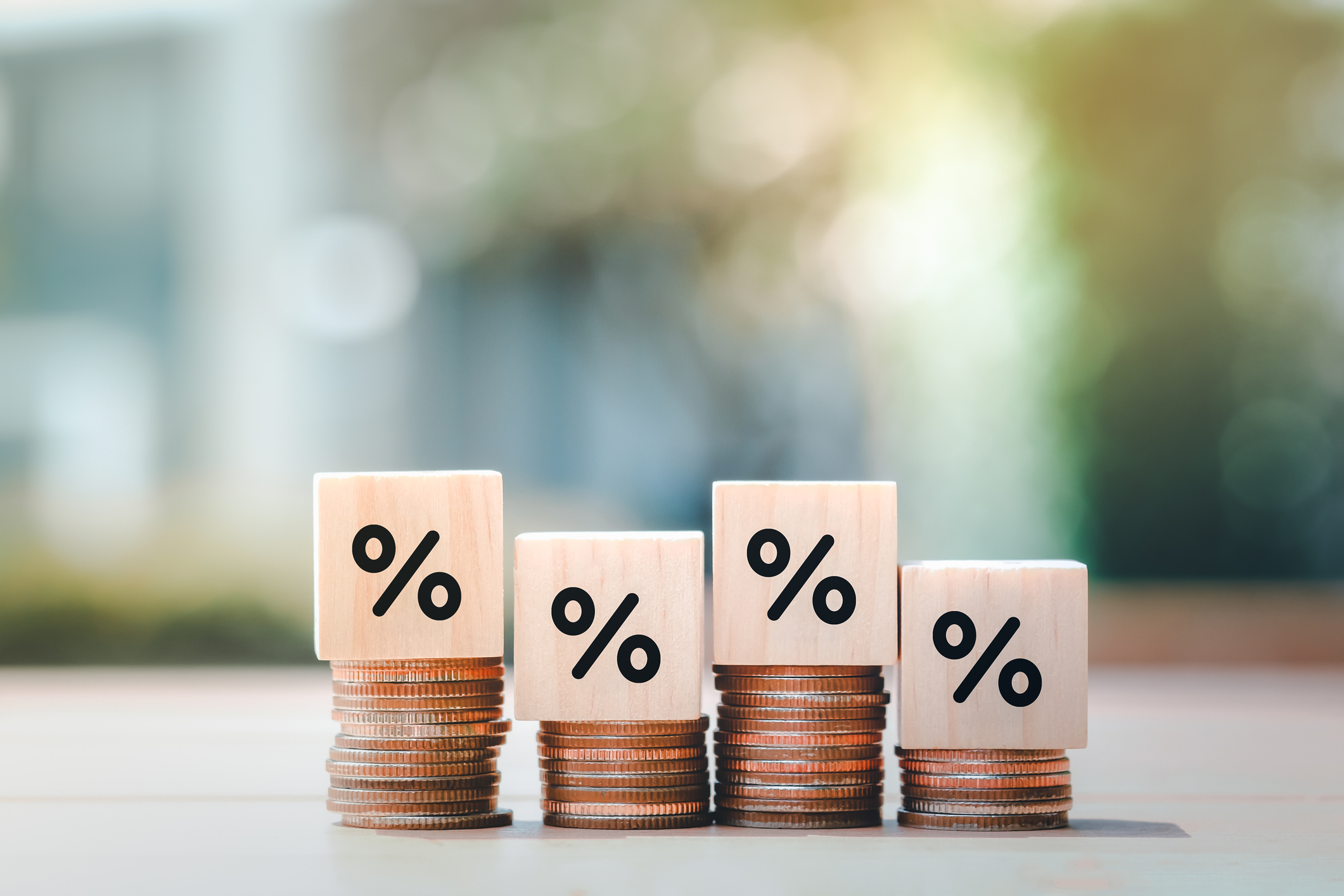Time to Consider Foreign Bonds
In 2023, foreign bonds deserve a place on the fringes of a total-return-oriented fixed-income portfolio.


I normally dismiss foreign bonds and bond funds, whether denominated in U.S. dollars or in native currencies. Looking back five years through March 3, which allows for events besides the COVID lockdowns and war in Ukraine, the broad Standard & Poor's international aggregate investment-grade index (covering developed markets) lost an annualized 2.2%, in U.S. dollars. Even counting 2022's catastrophe, S&P's U.S. aggregate bond index posted a 0.6% annual return – almost a three-point yearly advantage for staying home.
Sector and single-country comparisons do not change the narrative. Australia has a powerful export and commodity economy and relatively high bond yields – yet its corporate bonds are also 2% a year in the red since 2018, in U.S. terms.
The closed-end Aberdeen Asia-Pacific Income Fund (FAX), which glittered from the 1990s to about 2013, is off 1.8% a year for five years and languishes at 14% below its net asset value. In its heyday, this fund commanded a premium.
From just $107.88 $24.99 for Kiplinger Personal Finance
Become a smarter, better informed investor. Subscribe from just $107.88 $24.99, plus get up to 4 Special Issues

Sign up for Kiplinger’s Free Newsletters
Profit and prosper with the best of expert advice on investing, taxes, retirement, personal finance and more - straight to your e-mail.
Profit and prosper with the best of expert advice - straight to your e-mail.
Much of this reflects the muscular U.S. dollar, down slightly from its late-2022 peak but nearly 50% stronger (measuring by DXY, the U.S. Dollar Index) than it was five years ago. During this time, much of the world grew slowly, if at all, and often resorted to negative interest rates. You do not need a Ph.D. in economics to understand the folly of buying bonds from foreign countries with falling currencies and zero or negative yields.
Sniffing out bargains in foreign bonds
And yet, as we often see in stocks and real estate, bargain hunters sense opportunity in unlikely places. Hence the signs of a rally in overseas debt. I call it a bounce rather than a sustainable trend.
Once the U.S. inflation rate recedes closer to 3% (according to the gauges eyed by bond traders, rather than the consumer price index, which is distorted by rent and gasoline), domestic bond prices will boom. I advise patience and reinvestment into funds that invest in corporate IOUs rated A and BBB, high-yield bonds, and municipals.
But in 2023, and perhaps into next year, international bonds deserve a place on the fringes of a total-return-oriented fixed-income portfolio. The reasons include Europe's apparent victory over the Russian gas embargo, the absence of the supposed global recession, the retreat in the dollar, China's reopening, expectations of better European growth and, most compelling of all, the end of those ridiculous negative interest rates.
Consequently, for the first 10 weeks of 2023, scores of big foreign bond funds are in the green, including Pimco International Bond (PFOAX), up 1.1%, and Vanguard Total International Bond Index (VTIBX), ahead 0.88%. That isn't world-changing, but the last time the Vanguard fund had a good run was in 2019. The Pimco fund is actively managed and more creative, which means it can get into trouble, but that is also why I prefer it to the giant Vanguard index fund.
Pimco pays more – the current yield is 2.7% – and it has dozens of eyes and ears all over the world, which allows it to go in on securities you do not find in indexes, such as mortgages with wide spreads and undervalued corporate bonds in various countries. If you are going to take a plunge in these waters, seek more adventures rather than fewer. That Aberdeen closed-end fund mentioned above is up almost 6% this year. (Funds I like are in bold; you can skip the sales fee on load funds on some brokerage platforms.)
Some of the highest year-to-date returns in this category are from emerging-markets funds that buy bonds in local currencies. That gives you maximum upside when Asian and Latin American currencies gain on the dollar, which several have so far this year. (Note that most major-market international bond funds hedge the dollar.)
If you are game to speculate, Invesco Emerging Markets Local Debt (OEMAX) is up 2.8% so far in 2023 and distributes between 5% and 6% a year. It badly trails Aberdeen Asia-Pacific and Pimco's and Vanguard's broader, higher-quality international funds over the long haul. But every now and then, you can unexpectedly reel in a big fish. In 2016 and 2017, Invesco returned 12% and 15%. It is not impossible.
Profit and prosper with the best of Kiplinger's advice on investing, taxes, retirement, personal finance and much more. Delivered daily. Enter your email in the box and click Sign Me Up.

Kosnett is the editor of Kiplinger Investing for Income and writes the "Cash in Hand" column for Kiplinger Personal Finance. He is an income-investing expert who covers bonds, real estate investment trusts, oil and gas income deals, dividend stocks and anything else that pays interest and dividends. He joined Kiplinger in 1981 after six years in newspapers, including the Baltimore Sun. He is a 1976 journalism graduate from the Medill School at Northwestern University and completed an executive program at the Carnegie-Mellon University business school in 1978.
-
 8 Things You Need to Stop Wasting Money on in 2026
8 Things You Need to Stop Wasting Money on in 2026Want to get your finances in shape this year? Start by cutting out these sneaky sources of waste in your budget.
-
 The December CPI Report Is Out. Here's What It Means for the Fed's Next Move
The December CPI Report Is Out. Here's What It Means for the Fed's Next MoveThe December CPI report came in lighter than expected, but housing costs remain an overhang.
-
 Gray Divorce After 50: Managing the Shift to Your Solo 'Second Act'
Gray Divorce After 50: Managing the Shift to Your Solo 'Second Act'Gray divorce presents complex challenges for families, yet it can also catalyze self-discovery and a vibrant new chapter.
-
 What Fed Rate Cuts Mean For Fixed-Income Investors
What Fed Rate Cuts Mean For Fixed-Income InvestorsThe Fed's rate-cutting campaign has the fixed-income market set for an encore of Q4 2024.
-
 The Most Tax-Friendly States for Investing in 2025 (Hint: There Are Two)
The Most Tax-Friendly States for Investing in 2025 (Hint: There Are Two)State Taxes Living in one of these places could lower your 2025 investment taxes — especially if you invest in real estate.
-
 The Final Countdown for Retirees with Investment Income
The Final Countdown for Retirees with Investment IncomeRetirement Tax Don’t assume Social Security withholding is enough. Some retirement income may require a quarterly estimated tax payment by the September 15 deadline.
-
 Dividends Are in a Rut
Dividends Are in a RutDividends may be going through a rough patch, but income investors should exercise patience.
-
 Municipal Bonds Stand Firm
Municipal Bonds Stand FirmIf you have the cash to invest, municipal bonds are a worthy alternative to CDs or Treasuries – even as they stare down credit-market Armageddon.
-
 High Yields From High-Rate Lenders
High Yields From High-Rate LendersInvestors seeking out high yields can find them in high-rate lenders, non-bank lenders and a few financial REITs.
-
 The Five Safest Vanguard Funds to Own in a Volatile Market
The Five Safest Vanguard Funds to Own in a Volatile Marketrecession The safest Vanguard funds can help prepare investors for market tumult but without high fees.
-
 5 of the Best Preferred Stock ETFs for High and Stable Dividends
5 of the Best Preferred Stock ETFs for High and Stable DividendsETFs The best preferred stock ETFs allow you to reduce your risk by investing in baskets of preferred stocks.